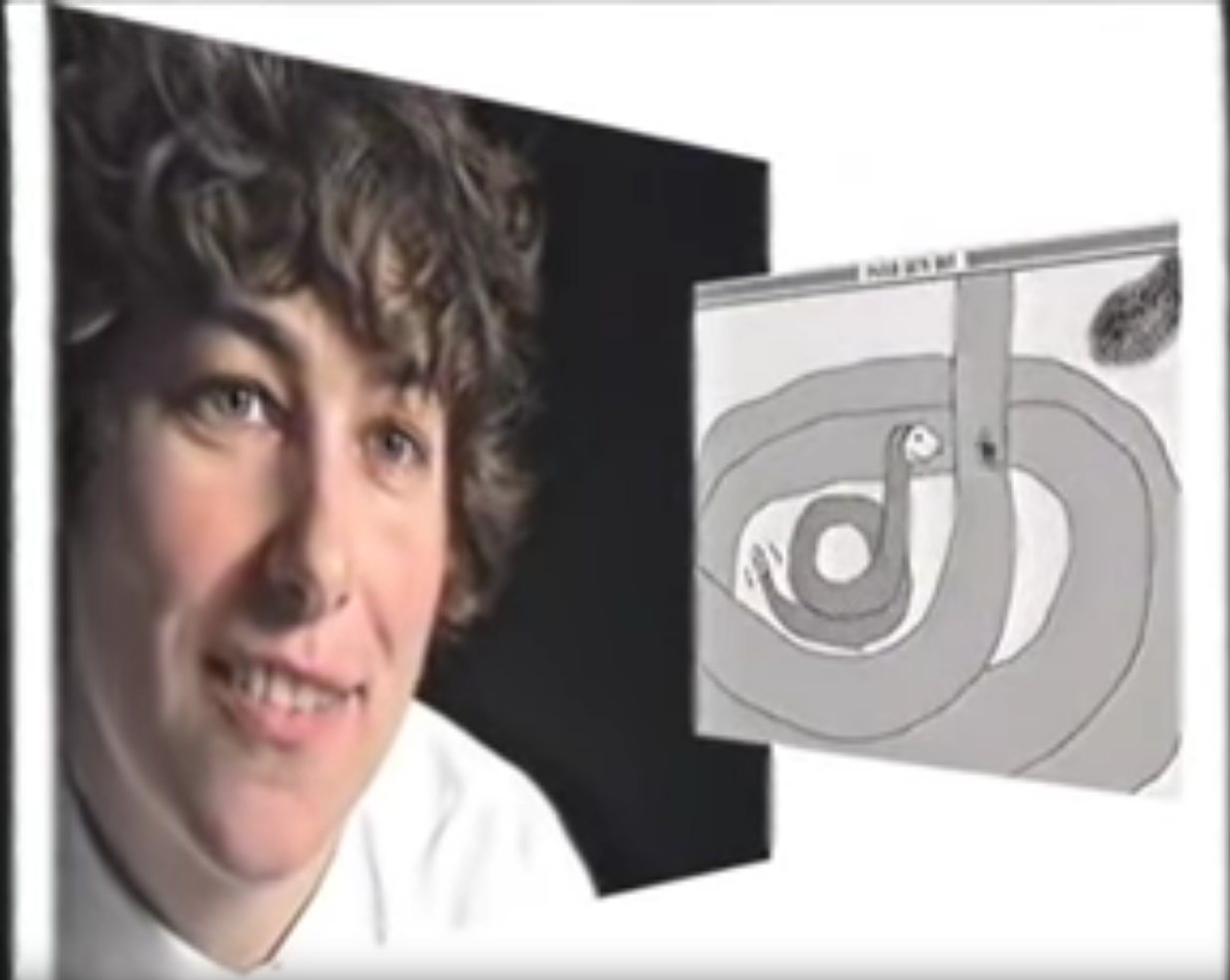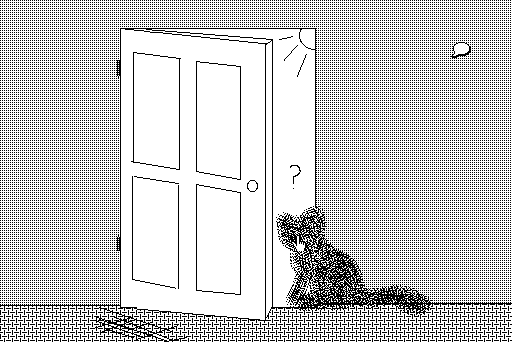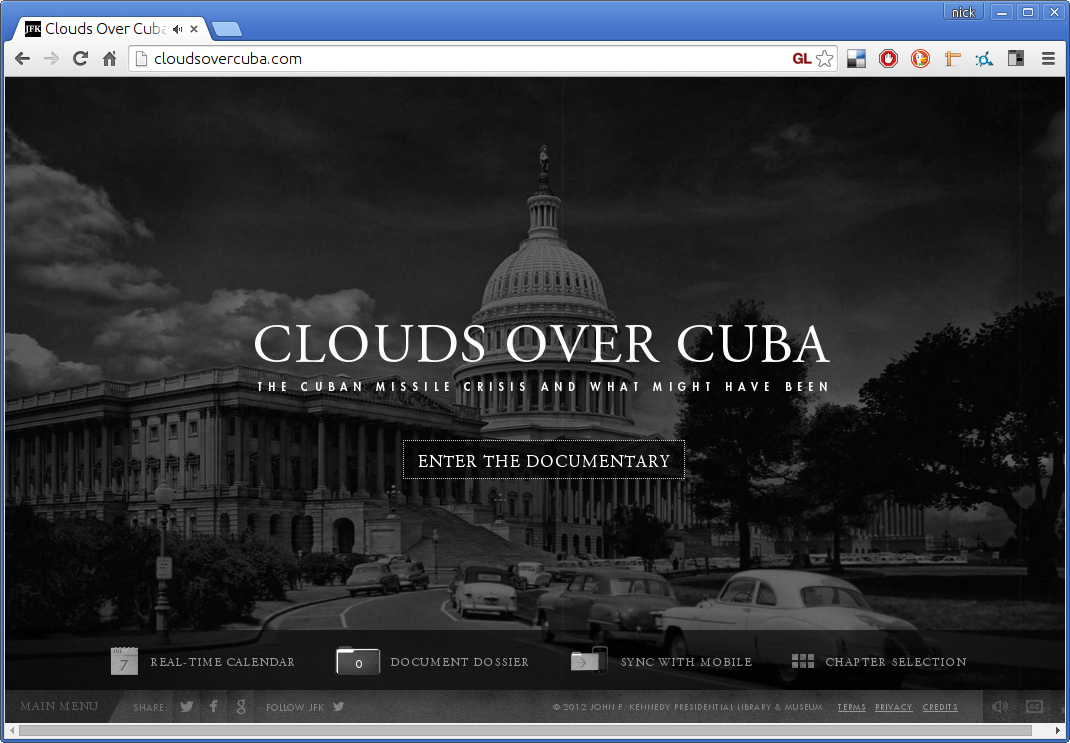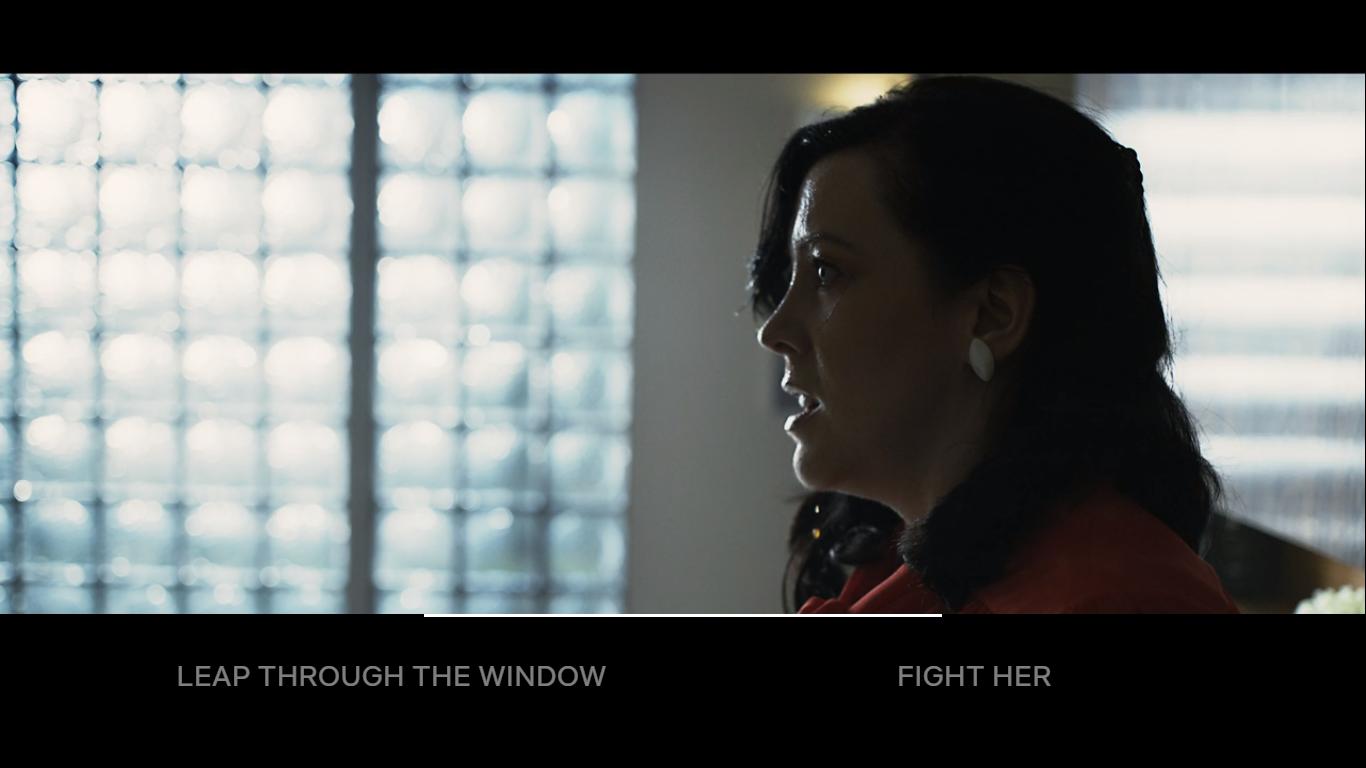Hypermedia

(Douglas Adams' 1990 film Hyperland documents the hypermedia scene just before the World Wide Web was released)
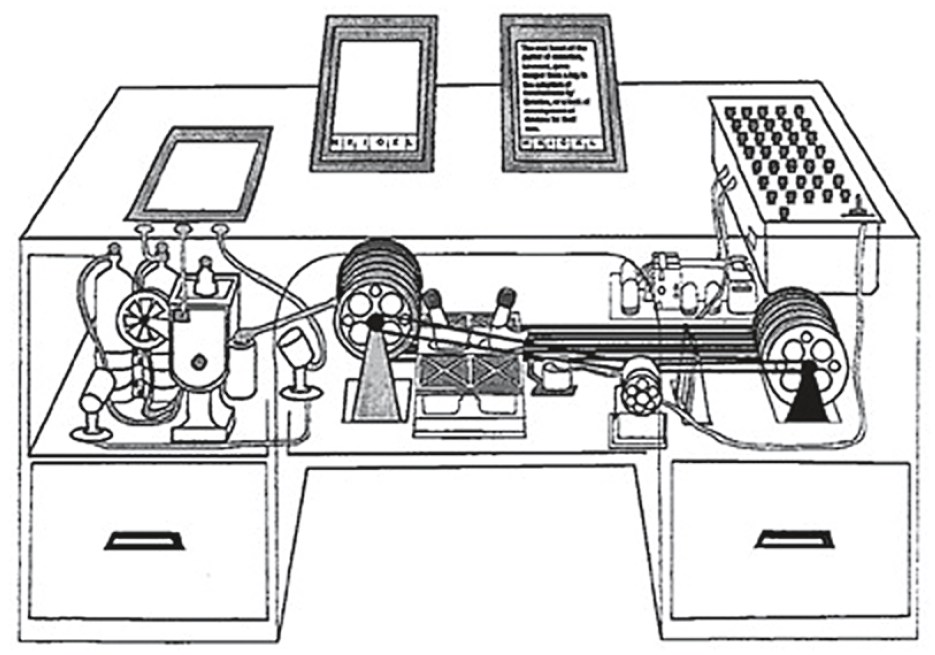 In 1945, an American engineer/inventor/thinker named Vannevar Bush wrote an article in the Atlantic entitled, “As We May Think,” where he described a theoretical machine for storing and reteriving information based on associations ( which he argued would be more akin to the way we think than the way information was currently being organized ) he called it the “memex.” This text influenced lots of radically minded engineers and futurists who followed including Douglas Englebart and Ted Nelson, who coined the term “hypertext” and created one of the first applications (called Xanadu) which had linked documents.
In 1945, an American engineer/inventor/thinker named Vannevar Bush wrote an article in the Atlantic entitled, “As We May Think,” where he described a theoretical machine for storing and reteriving information based on associations ( which he argued would be more akin to the way we think than the way information was currently being organized ) he called it the “memex.” This text influenced lots of radically minded engineers and futurists who followed including Douglas Englebart and Ted Nelson, who coined the term “hypertext” and created one of the first applications (called Xanadu) which had linked documents.
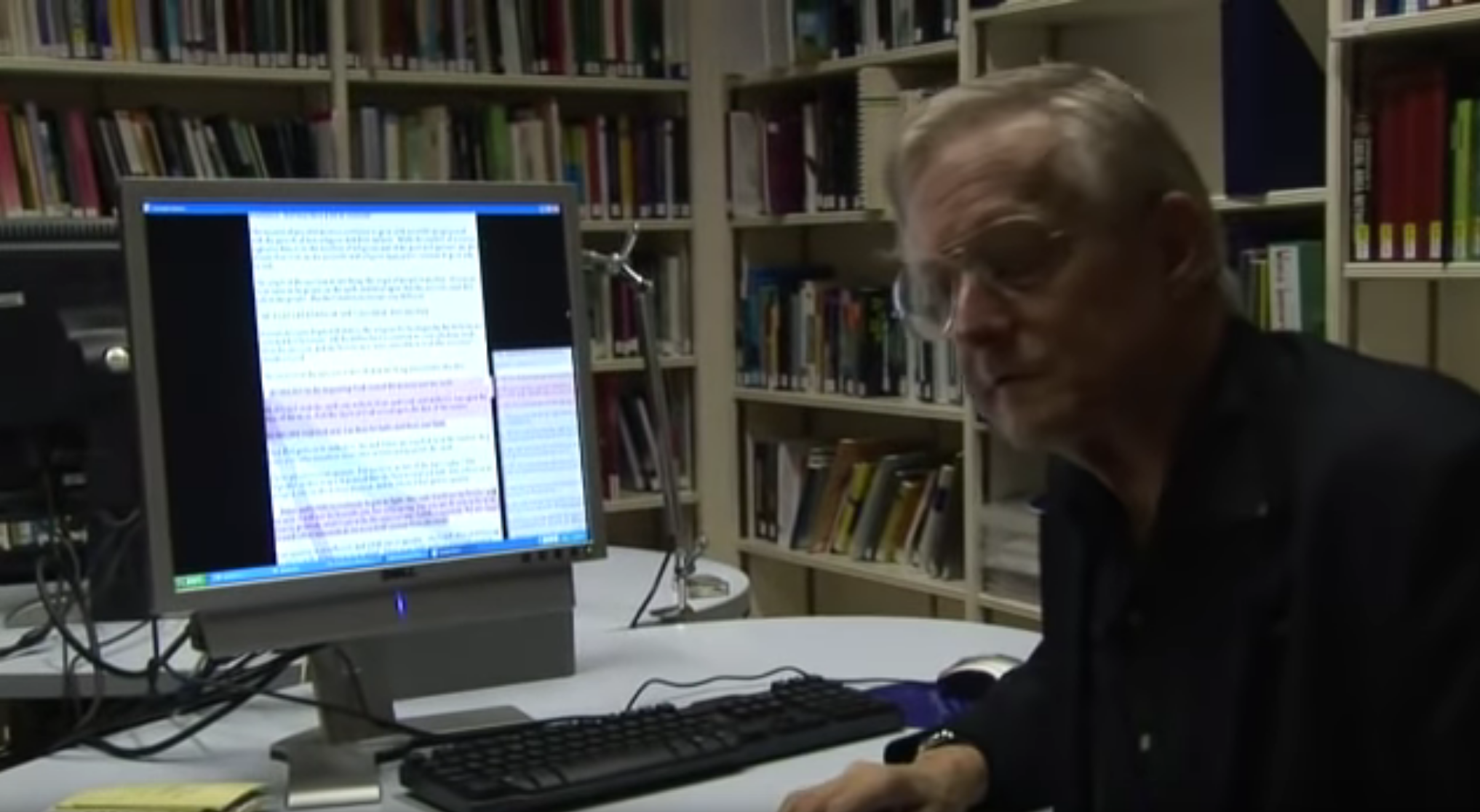
(Ted Nelson demonstrates Xanadu)
Hypercard
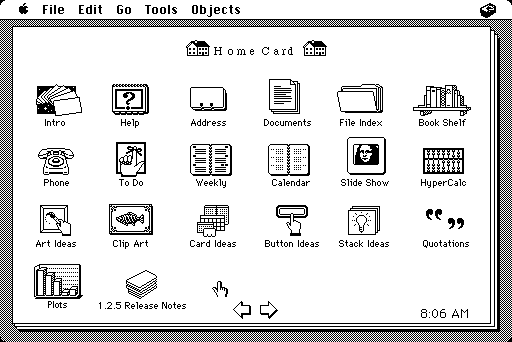
in 1987 the Computer Cronicles did an entire episode on "Hypercard", an early Hypermedia system for Mac
"Inigo Gets Out" by Amanda Goodenough which was featured in the "Hyperland" documentary (try it out on the Internet Archive)
The WWWeb
The most influential hypermedia system/platform off all time is likely the World Wide Web. The World Wide Web is NOT the Internet, confusing the two would be like confusing cars for roads. the Web is one of the many things we use the Internet for, in the same way that cars are one of the many vehicles that travel on roads.
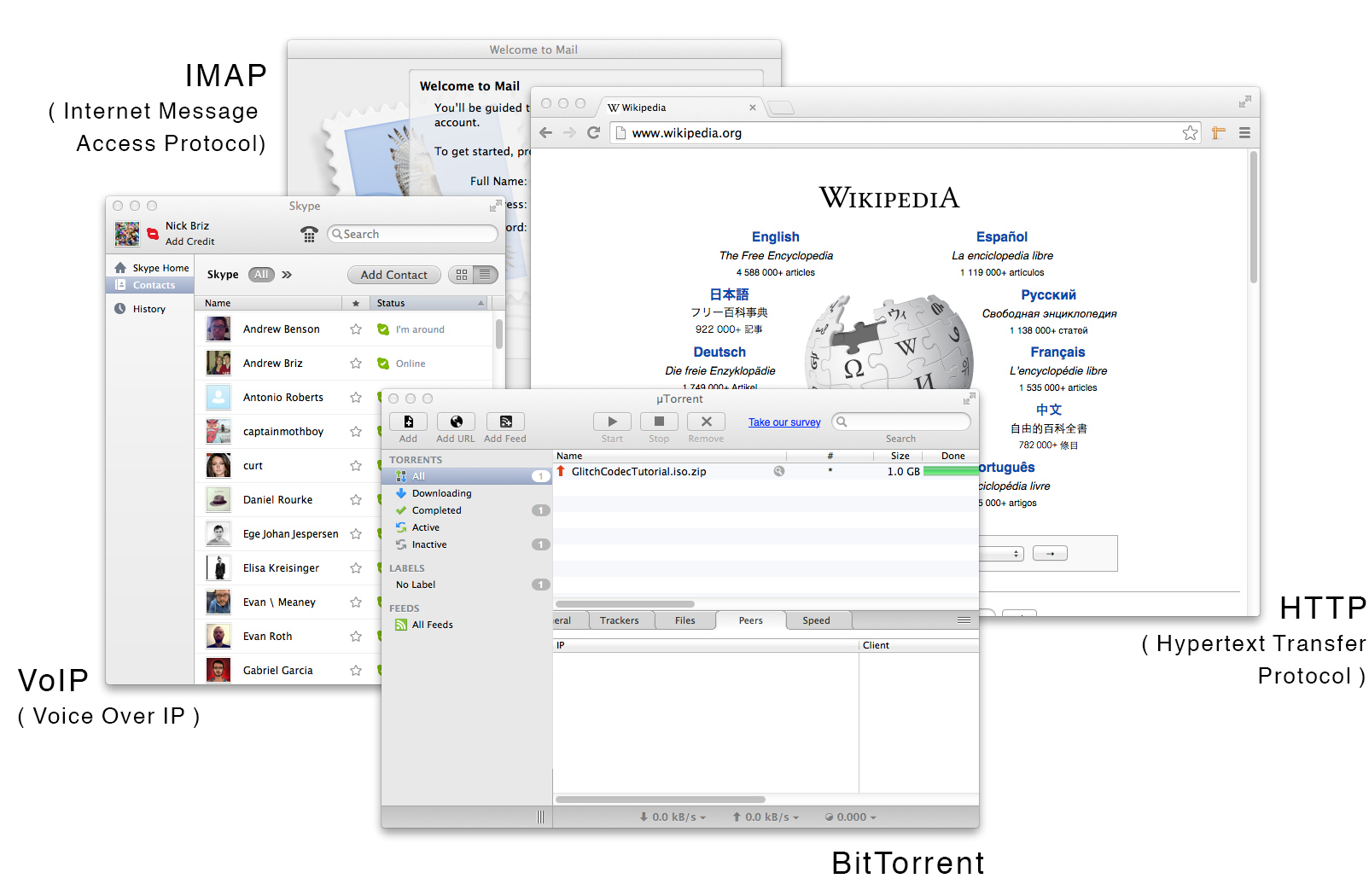
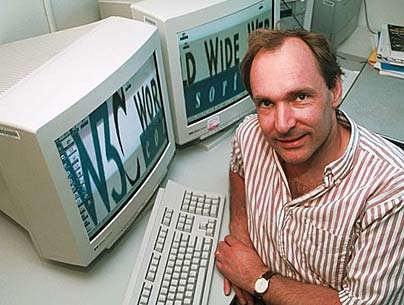 In 1989 Tim Berners-Lee wrote a proposal for a system for linking hypertext documents over the Internet. He submitted it to his boss at CERN ( the research institute he was working at ), who wrote in a memo, “vague, but interesting.” Despite the lack of support Berners-Lee went ahead and created HTTP ( Hypertext Transfer Protocol ) and the first application which could read documents formatted with HTML ( Hypertext Markup Language ). CERN still wasn’t interested, so he posted it to a few Internet newsgroups for free ...the rest was history, the World Wide Web was born.
In 1989 Tim Berners-Lee wrote a proposal for a system for linking hypertext documents over the Internet. He submitted it to his boss at CERN ( the research institute he was working at ), who wrote in a memo, “vague, but interesting.” Despite the lack of support Berners-Lee went ahead and created HTTP ( Hypertext Transfer Protocol ) and the first application which could read documents formatted with HTML ( Hypertext Markup Language ). CERN still wasn’t interested, so he posted it to a few Internet newsgroups for free ...the rest was history, the World Wide Web was born.
Afraid that the growing popularity of the Web might lead to corporate competition creating proprietary ( non-open ) web applications that would destroy the integrity and open nature of the Web, Berners-Lee held the first WWW conference to discuss open web standards. This lead to the creation of the World Wide Web Consortium (W3C) which he still directs to this day. The W3C is an international organization open to anyone (and made up of governments, companies, not-for-profits, universities, etc.) and is in charge of developing the open standards for the web.
Contemporary Hypermedia Examples
(on the wwweb)
